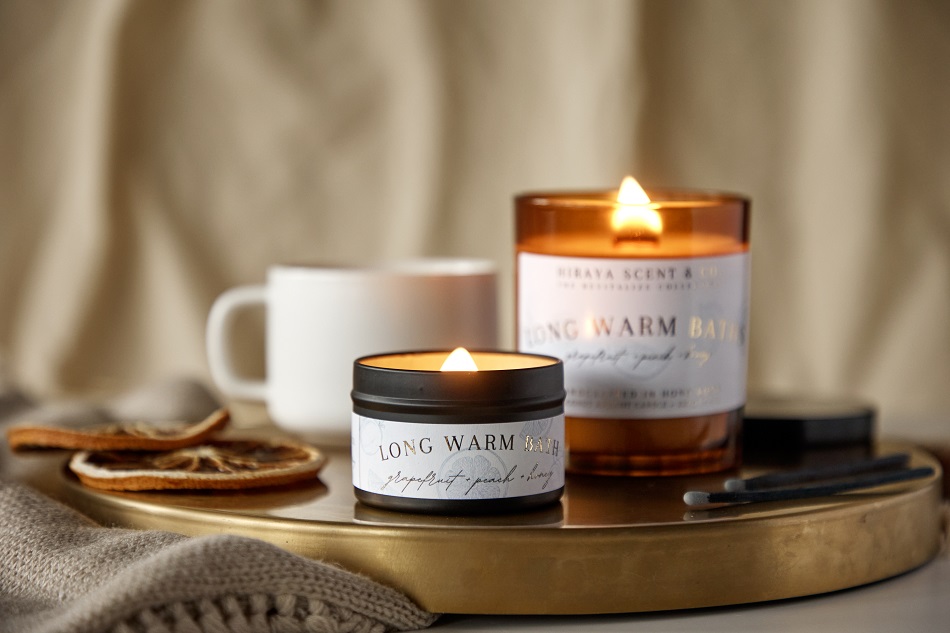PMQ Corner #22
A Piano, An Experiment I
Play Me, I'm Yours
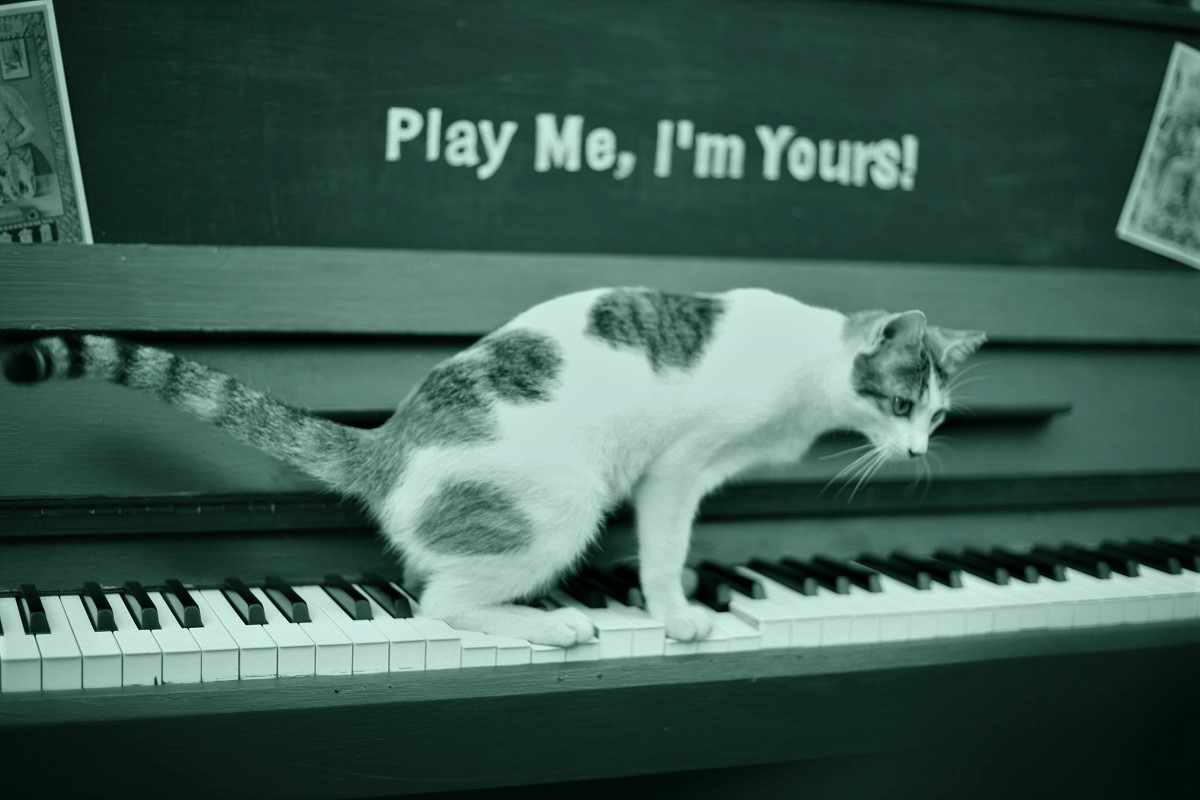
Written by Kit Chan
Translated by Derek Leung
Photos from PMQ & streetpianos.com
Imagine an unlocked piano peacefully standing on a busy road and showing a note of warm invitation: Play Me, I'm Yours!
What’s going to happen when there’s such a weird scene in the hustle and bustle?
This seemingly social experiment was initiated by British multimedia artist Luke Jerram, who, in 2008, placed a total of 15 pianos each in different spots of Birmingham for the passers-by, be they music-savvy or not, to play whatever and however they liked. Eventually, some 140,000 people joined within that short period of three weeks.
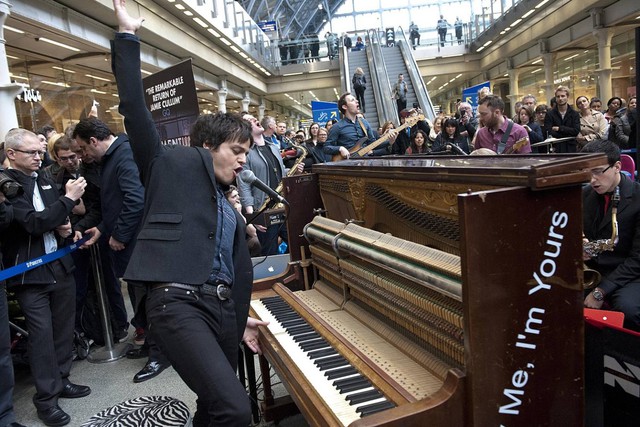
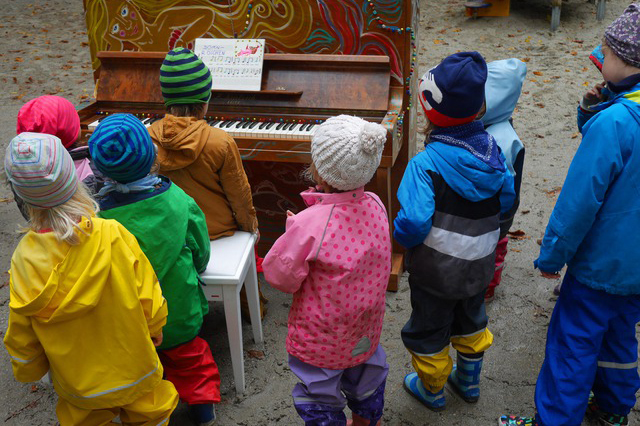
Thanks to this matchless success, the carefree street art event finally became an official public space collaborative programme called Play Me, I'm Yours in the following year, where 1,500 pianos were transported to some 50 cities around the world for around 10 million people to participate in the last 8 years.
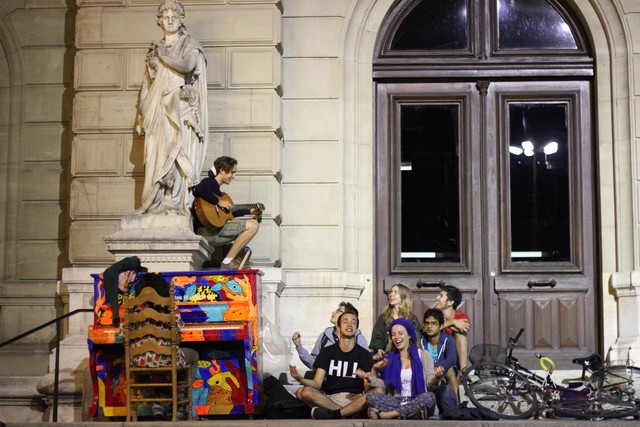
Interestingly, not only is Jerram not a musician at all, but he does not even know how to play the piano either. The motive behind the event stems from the usual indifference of the city: during his weekly visit to a laundry shop, he sees the same faces but no one motivates a conversation - will a piano be able to break the ice and initiate talks in a city filled with dead silence?
"I do hope the urbanites can put aside the headsets and smartphones and take the lead in talking to others," he suggested by exploring new possibility through music, another "language" commonly known all over the world.
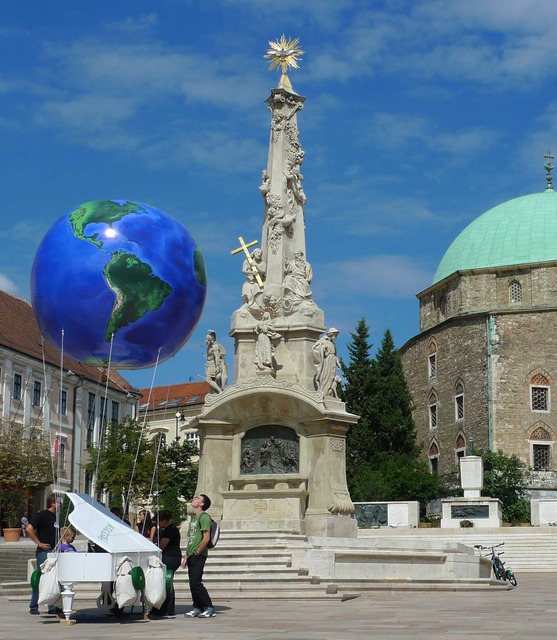
To him, a piano in the street is like a musical version of Facebook or a canvas to fill with colours. "We’d better have more freedom of creation, expression, sharing and takeover of public space," he stressed.
At last, he was overjoyed at the result.
Whenever and wherever he launched this programme caused heated discussion and participation while bringing broader imagination of art and space among locals.
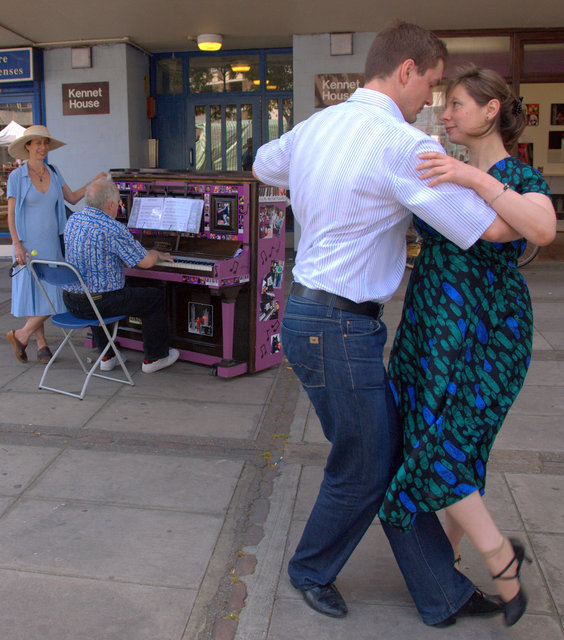
Till now at least eight couples got to know each other and became wedded whereas the Italian pianist Samuele Rossini got rid of his penniless life in London and was ultimately recruited by a record company after playing the piano by a station every day.
The most shocking scene was in the outbreak of the anti-government protests in Ukraine in 2014, protester Markiyan Matsekh was inspired by the programme run in the Paris train station and finally painted a Ukrainian flag and an EU logo on the piano, which eventually served as another “protester” in other cities with demonstrations.
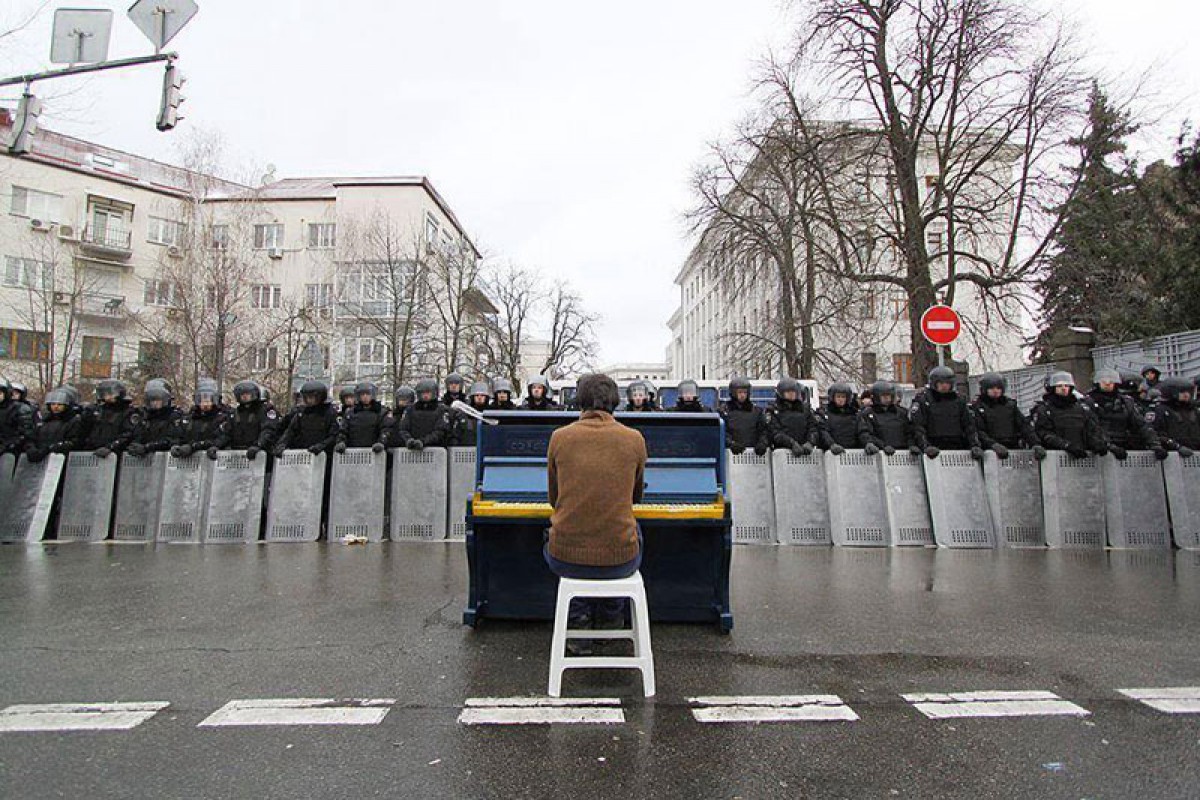
Another stunning example is a photo showing a protester playing the piano calmly in front of an array of riot police was crazily forwarded as international news on the Internet.
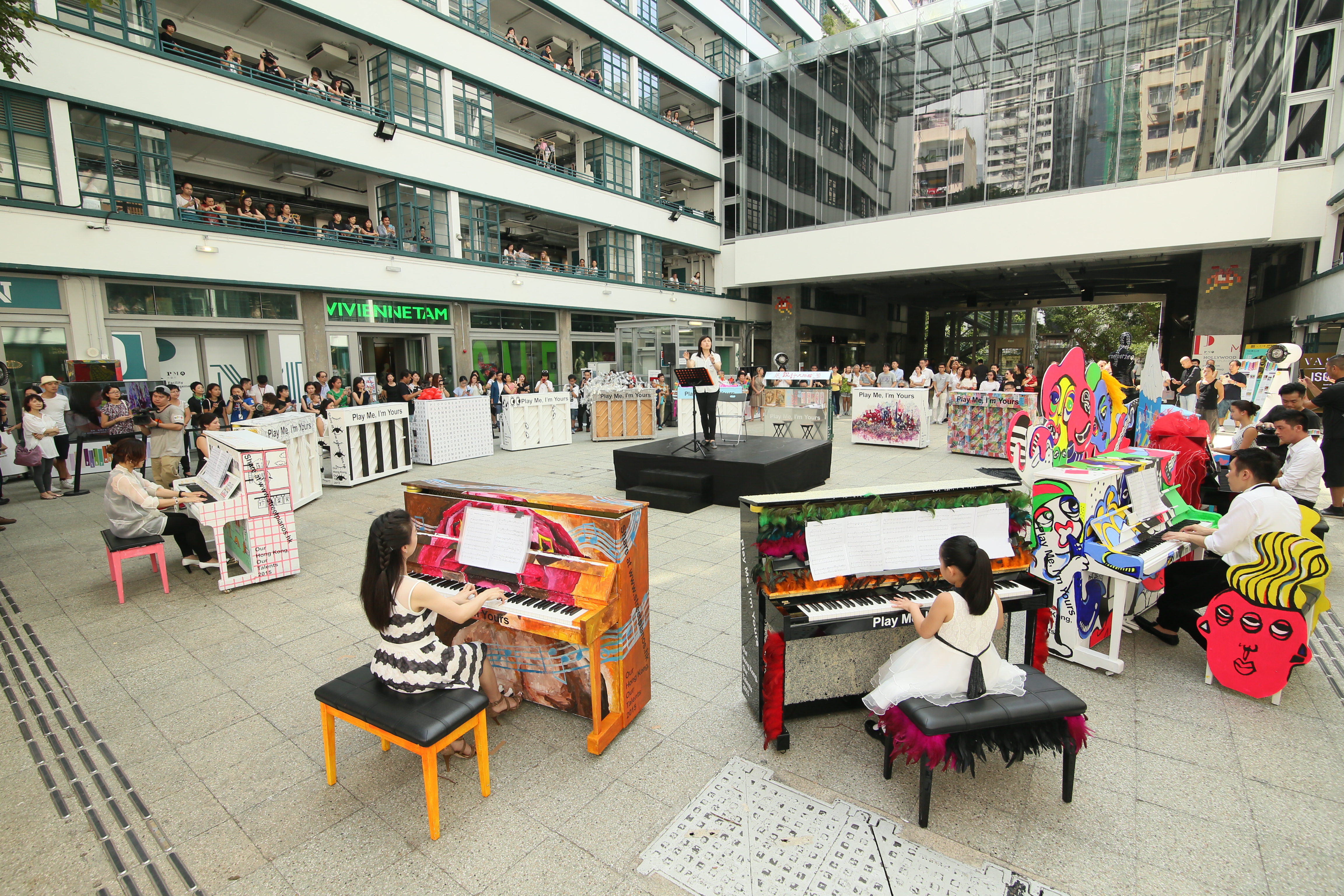
Hong Kong being the 48th participating city, the entire ongoing programme started last summer at PMQ, followed in the last five months by different districts including Wanchai, Sham Shui Po, Yau Ma Tei and Jordan. Musicians and the general public were welcomed to play on the spot to turn the whole touring programme into a boisterous street party.
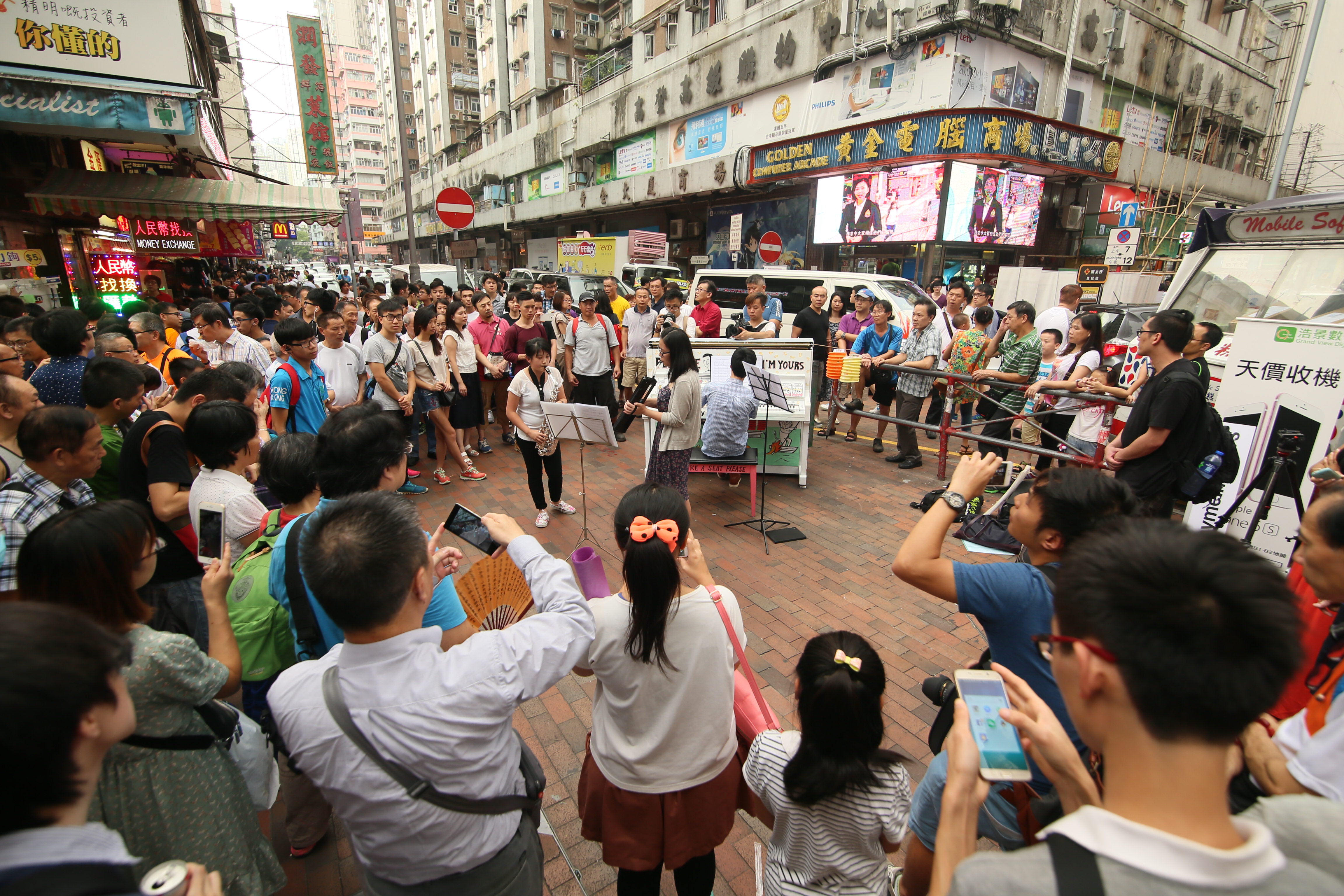
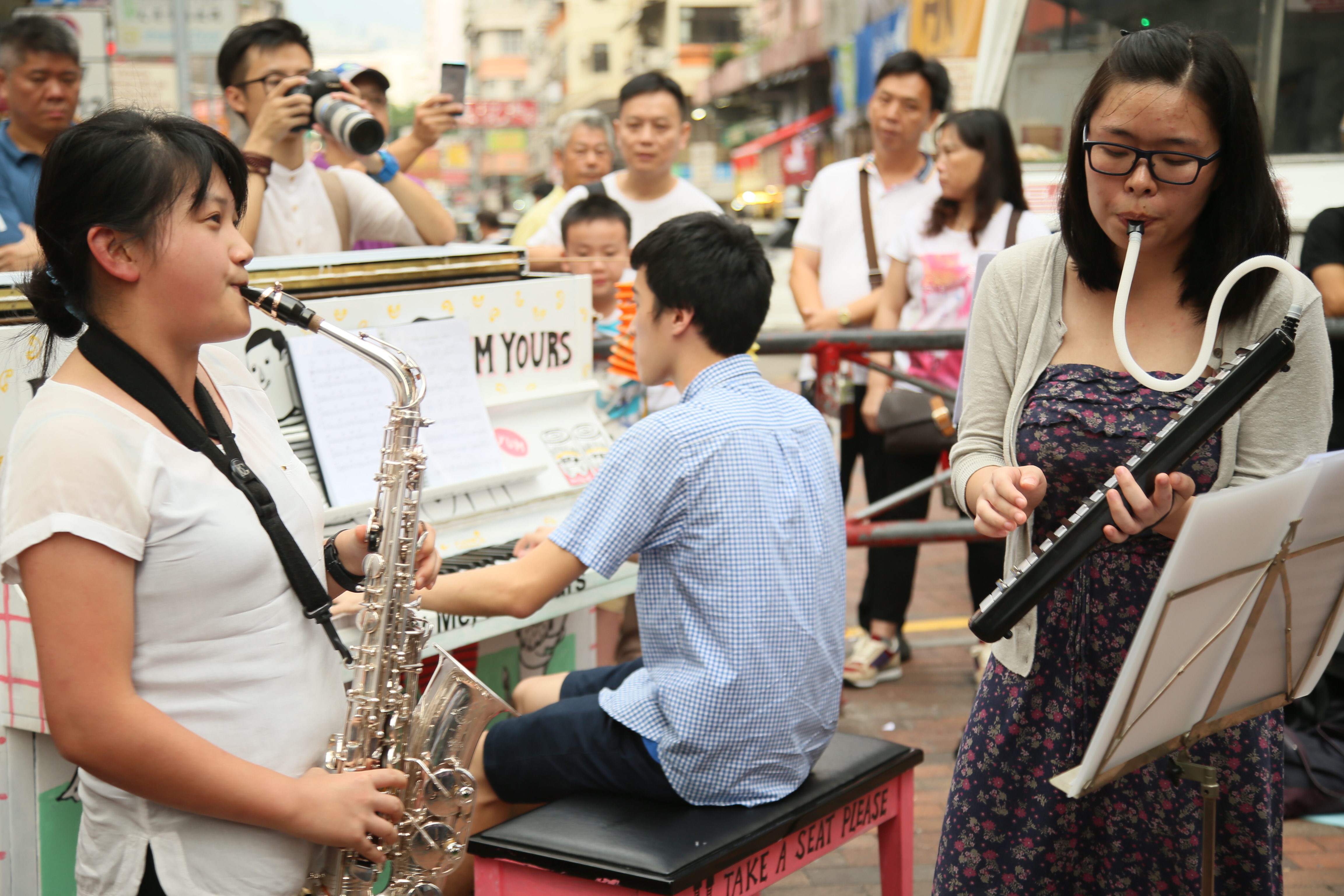
The successful completion of the first phase ending last year fuelled the official launch of the second phase with an even more important part in March this year. 17 pianos were scattered over 17 districts in Hong Kong for a month to see what is going to happen. Indeed, this is way closer to Jerram's initial thought, which is to shape the piano as a part of the community for possible organic interactions among people.
A real social experiment is believed to have just started, with its role from now on as a mirror faithfully reflecting the acceptance and reaction to public art by the city of Hong Kong including the government and the general public.
(To Be Continued)


